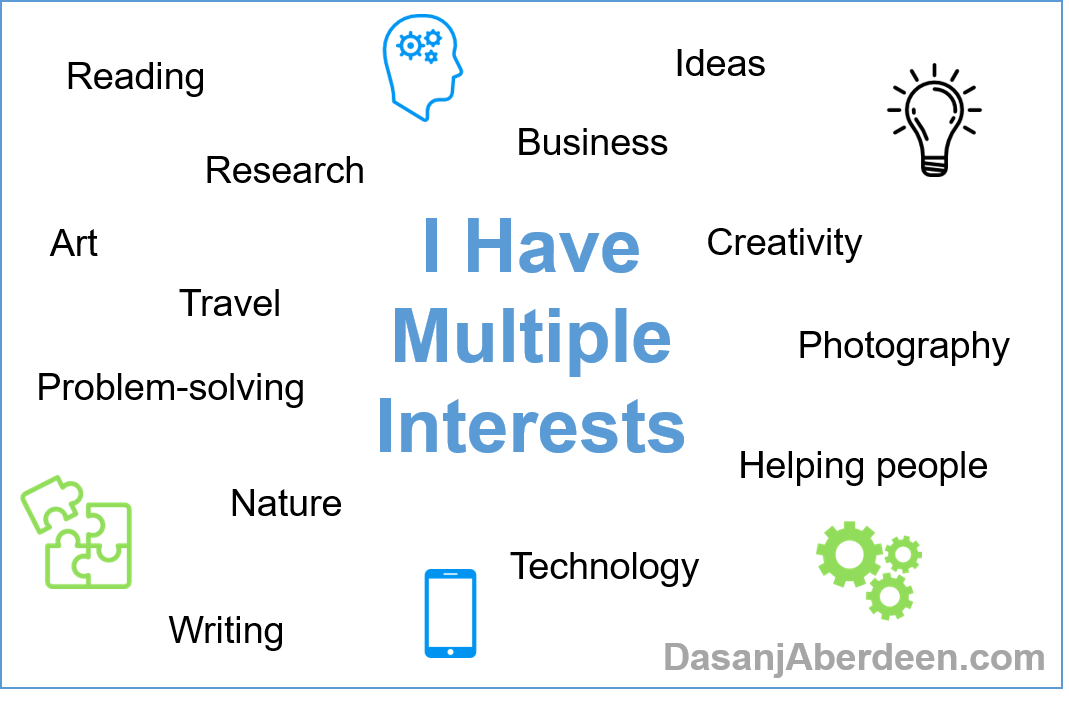Why do you pursue projects, goals, dreams etc.? Do you do it for yourself? Do you do it for someone else? Is it for a cause?
We’re all faced with these questions at some point in time. And the answers are very personal to each person. We have our own reasons as to why we do certain things which are influenced by internal or external motivations.
This question crosses my mind occasionally as it relates to this site. Why do I have and maintain it? For me, the reason is two-fold:
I have and maintain this site for my intrinsic need to create and for my desire to make a positive impact on the world.
Create
I love to create. I love taking ideas and things I envision and bring them to life. It is amazing to see them in reality and alive. Whether it is art, blogging or other content creation, I’m motivated by the personal enjoyment of the work itself. This is what Teresa Amabile describes as the “Intrinsic Motivation Principle of Creativity.” The process brings me gratification because it supports my unrelenting need to express myself. As someone who is creative, a visionary and an explorer, I appreciate art for art’s sake.
Build
I want to make a positive impact on the lives of others. To that end, this motivates me to continue to build this platform in hopes that the content resonates with others. Even if one person benefits, I’ll be happy. What would be even better is if others continue to benefit for years to come. This is what building a legacy is all about and I want to continue giving my time and expertise to help others.
There’s a lot of work left to do but taking the initial steps is key. And that is the hard part. The start trips most people up. Fear, doubt, being overwhelmed etc. all cause hesitation and slow down or even halt the start. As Gretchen Rubin shared on The Chase Jarvis LIVE Podcast, it is best to focus on the very next step. This helps to alleviate the feeling of being overwhelmed and boosts your confidence when you know you have one, small step to take. Ultimately, all the small steps contribute to your overall goal.
******************************
What about you? How are you bridging the gap between what you like to do and your long-term goals? Do you share things that are meaningful to you with others? Have you taken steps to build your legacy?
Dasanj Aberdeen is an entrepreneurial spirit who embodies the combination of left-brain logic and right-brain creativity. She is a consultant and proponent of multidisciplinary education, approaches and pursuits. She writes about their benefits in modern times and integrating multiple interests into a sustainable and fulfilling lifestyle. She’s a graduate of The Wharton School of the University of Pennsylvania and Temple University with a concentration in Technology & Innovation Management, jointly delivered by the Fox School of Business and College of Engineering.








